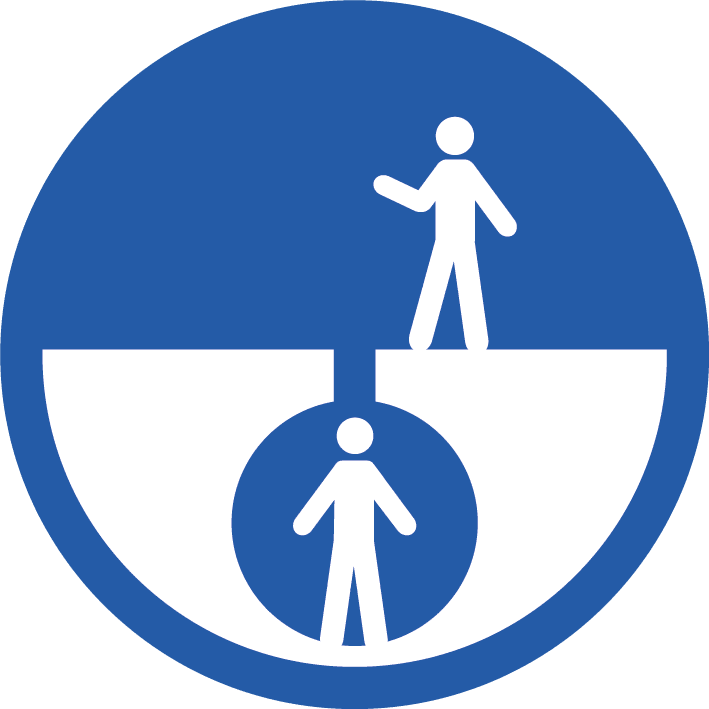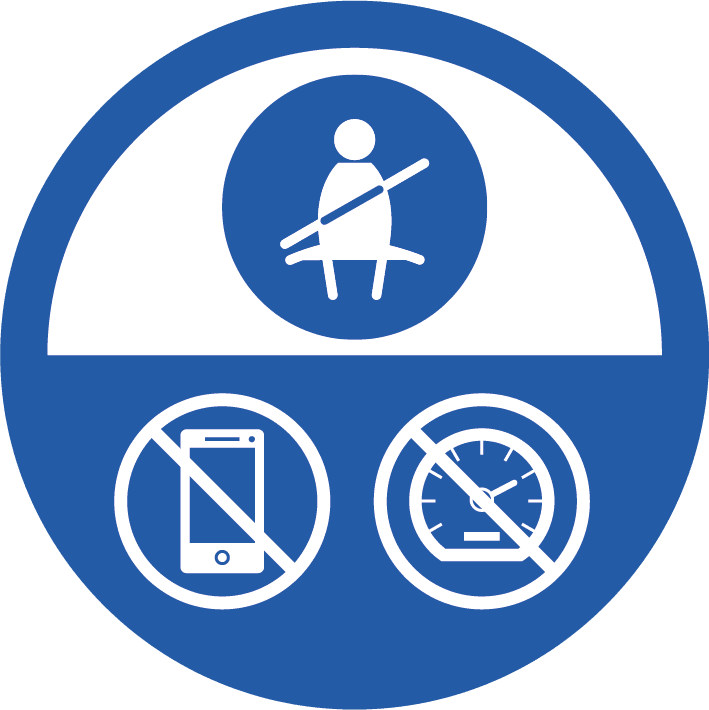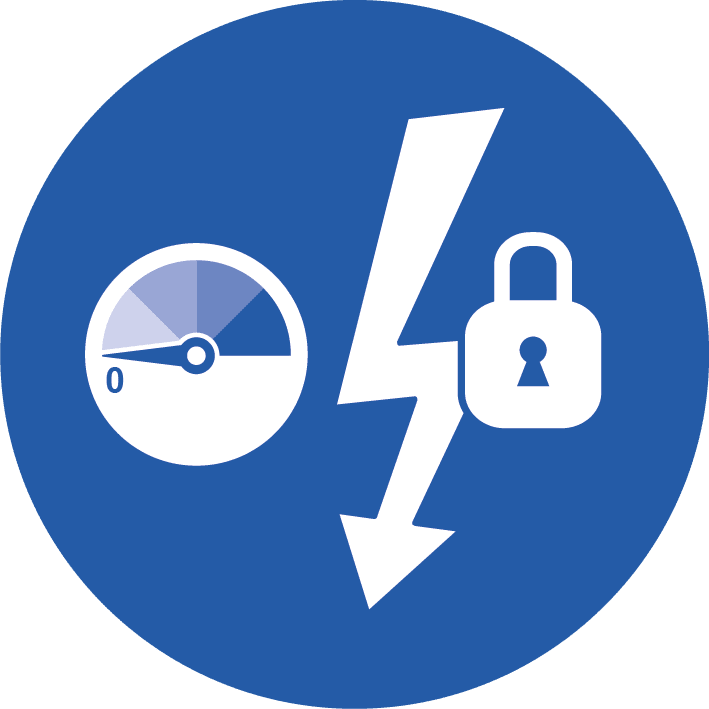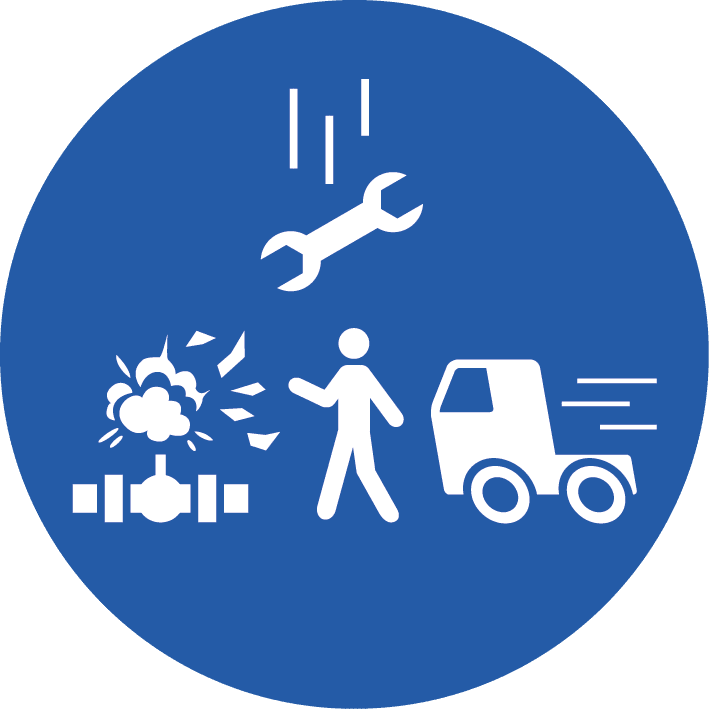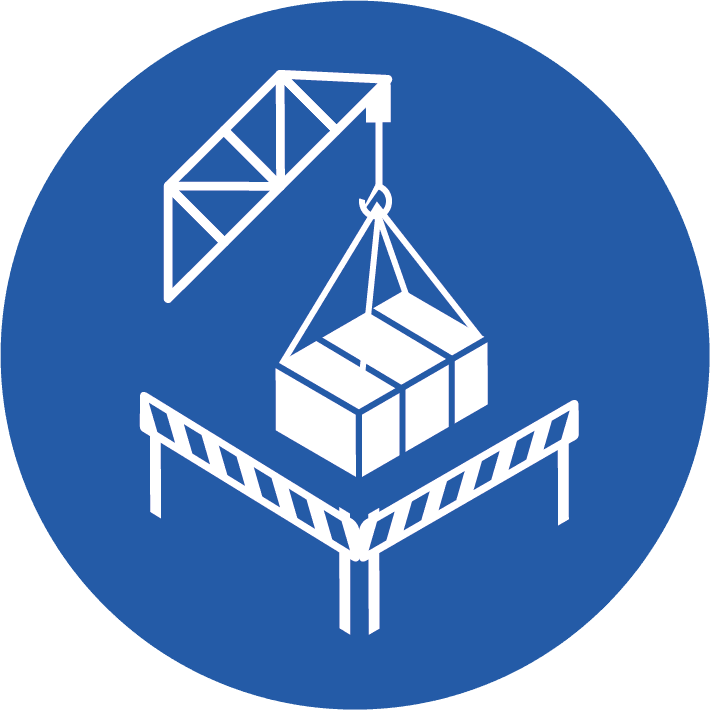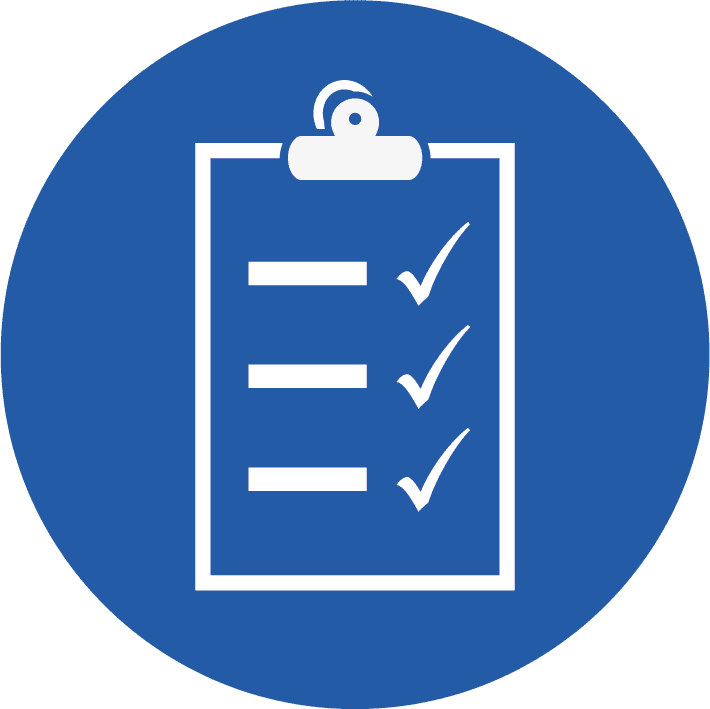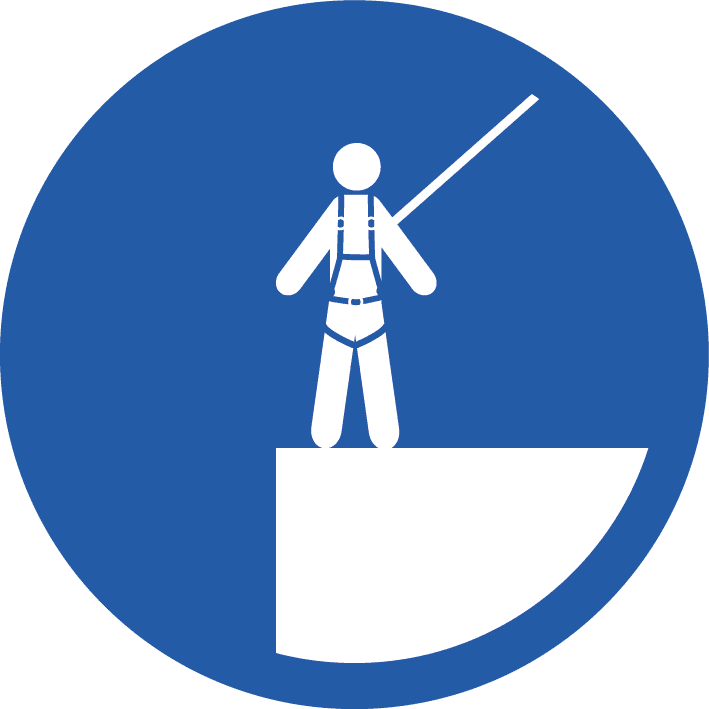Select your target group and read the guidelines before starting
COVID-19: For the parts where you gather teams, please do so in accordance with the infection control rules in your company. Remember, virtual meeting places can be an effective alternative.
Operative personnel
The role applies to personnel who deliver the project or product that has been decided and carry out the actual work both on land and at sea.
Preparations
Before you go through the learning package with your team, read through this guide and familiarize yourself with the contents of the package by browsing the pages that apply to the case(s) you will work with.
It is recommended to set aside 30-45 minutes to complete each of the two parts of this learning package. The package can also be completed over two meetings/trips.
Introduction
Review the goals of the learning package. Then watch the intro film for the learning package «Prevent personal injuries» with information about the topic and content of this year’s Q2 package.
Case study part 1 / trip 1
Select the case study for operative personnel as a starting point for how we can work to prevent personal injuries. Watch the film belonging to the case and discuss the reflection questions below. Review the reflection questions in advance, so that you are prepared for the topics you will be discussing. Enter the answers to the questions in the form.
At the bottom of the page you will find a downloadable onepager you can use to help you identify and understand error traps.
Case study part 2 / trip 2
Select the case labeled «Effective use of Life-Saving Rules». Watch the film belonging to the case and discuss the reflection questions below. Review the reflection questions in advance, so that you are prepared for the topics you will be discussing. Enter the answers to the questions in the form.
Follow up
By entering an e-mail address on the last page of the form, you will receive a copy of the answer you have registered on the reflection question(s). Save the copy in your HSE management system, or equivalent, for follow-up. To follow up the work locally, it is recommended to revisit the topic later. Discuss what you have done since the last time and how you can continue working with it.
A systematized report will be prepared based on all responses and proposals for measures that are collected through Always Safe, which will be sent out in the next quarter. We are doing this to learn from each other and gain better insight into how we should work further with the topic, both centrally and locally. The goal is for this to be a good basis for further improvements in the various companies.
Operative leaders
The role applies to personnel who make decisions at different levels in the different phases of a delivery or decision gates in a project and thus sets the context for what is to be delivered and the work to be performed both on land and at sea.
Preparations
Before you go through the learning package with your team, read through this guide and familiarize yourself with the contents of the package by browsing the pages that apply to the case(s) you will work with.
It is recommended to set aside 30-45 minutes to complete each of the two parts of this learning package. The package can also be completed over two meetings/trips.
Introduction
Review the goals of the learning package. Then watch the intro film for the learning package «Prevent personal injuries» with information about the topic and content of this year’s Q2 package.
Case study part 1 / trip 1
Select the case study for operative leaders as a starting point for how we can work to prevent personal injuries. Watch the film belonging to the case and discuss the reflection questions below. Review the reflection questions in advance, so that you are prepared for the topics you will be discussing. Enter the answers to the questions in the form.
At the bottom of the page you will find a downloadable onepager you can use to help you identify and understand error traps.
Case study part 2 / trip 2
Select the case labeled «Effective use of Life-Saving Rules». Watch the film belonging to the case and discuss the reflection questions below. Review the reflection questions in advance, so that you are prepared for the topics you will be discussing. Enter the answers to the questions in the form.
Follow up
By entering an e-mail address on the last page of the form, you will receive a copy of the answer you have registered on the reflection question(s). Save the copy in your HSE management system, or equivalent, for follow-up. To follow up the work locally, it is recommended to revisit the topic later. Discuss what you have done since the last time and how you can continue working with it.
A systematized report will be prepared based on all responses and proposals for measures that are collected through Always Safe, which will be sent out in the next quarter. We are doing this to learn from each other and gain better insight into how we should work further with the topic, both centrally and locally. The goal is for this to be a good basis for further improvements in the various companies.
Premise providers
The role applies to personnel who set requirements and define how the product is to be delivered. Thus, they also define the risk framework and how the work is carried out both on land and at sea.
Preparations
Before you go through the learning package with your team, read through this guide and familiarize yourself with the contents of the package by browsing the pages that apply to the case(s) you will work with.
It is recommended to set aside 30-45 minutes to complete each of the two parts of this learning package. The package can also be completed over two meetings/trips.
Introduction
Review the goals of the learning package. Then watch the intro film for the learning package «Prevent personal injuries» with information about the topic and content of this year’s Q2 package.
Case study part 1
Select the case study for premise providers as a starting point for how we can work to prevent personal injuries. Watch the film belonging to the case and discuss the reflection questions below. Review the reflection questions in advance, so that you are prepared for the topics you will be discussing. Enter the answers to the questions in the form.
At the bottom of the page you will find a downloadable onepager you can use to help you identify and understand error traps.
Case study part 2
Select the case labeled «Effective use of Life-Saving Rules». Watch the film belonging to the case and discuss the reflection questions below. Review the reflection questions in advance, so that you are prepared for the topics you will be discussing. Enter the answers to the questions in the form.
Follow up
By entering an e-mail address on the last page of the form, you will receive a copy of the answer you have registered on the reflection question(s). Save the copy in your HSE management system, or equivalent, for follow-up. To follow up the work locally, it is recommended to revisit the topic later. Discuss what you have done since the last time and how you can continue working with it.
A systematized report will be prepared based on all responses and proposals for measures that are collected through Always Safe, which will be sent out in the next quarter. We are doing this to learn from each other and gain better insight into how we should work further with the topic, both centrally and locally. The goal is for this to be a good basis for further improvements in the various companies.
Office personnel
The role applies to personnel who do not make decisions, set requirements or perform the work themselves, but who nevertheless contribute to delivery in an indirect way by defining various conditions such as, language of communication, contract terms, staffing size, competence requirements or other frameworks and parameters that can influence delivery.
Preparations
Before you go through the learning package with your team, read through this guide and familiarize yourself with the contents of the package by browsing the pages that apply to the case(s) you will work with.
It is recommended to set aside 30-45 minutes to complete each of the two parts of this learning package. The package can also be completed over two meetings/trips.
Introduction
Review the goals of the learning package. Then watch the intro film for the learning package «Prevent personal injuries» with information about the topic and content of this year’s Q2 package.
Case study part 1
Select the case study for office personnel as a starting point for how we can work to prevent personal injuries. Watch the film belonging to the case and discuss the reflection questions below. Review the reflection questions in advance, so that you are prepared for the topics you will be discussing. Enter the answers to the questions in the form.
At the bottom of the page you will find a downloadable onepager you can use to help you identify and understand error traps.
Case study part 2
Select the case labeled «Effective use of Life-Saving Rules». Watch the film belonging to the case and discuss the reflection questions below. Review the reflection questions in advance, so that you are prepared for the topics you will be discussing. Enter the answers to the questions in the form.
Follow up
By entering an e-mail address on the last page of the form, you will receive a copy of the answer you have registered on the reflection question(s). Save the copy in your HSE management system, or equivalent, for follow-up. To follow up the work locally, it is recommended to revisit the topic later. Discuss what you have done since the last time and how you can continue working with it.
A systematized report will be prepared based on all responses and proposals for measures that are collected through Always Safe, which will be sent out in the next quarter. We are doing this to learn from each other and gain better insight into how we should work further with the topic, both centrally and locally. The goal is for this to be a good basis for further improvements in the various companies.


